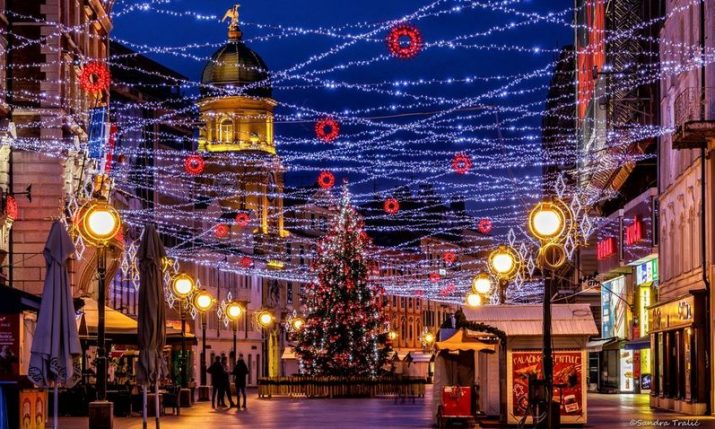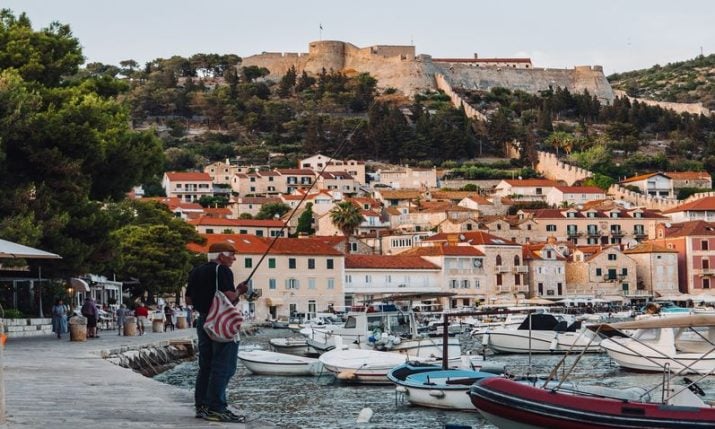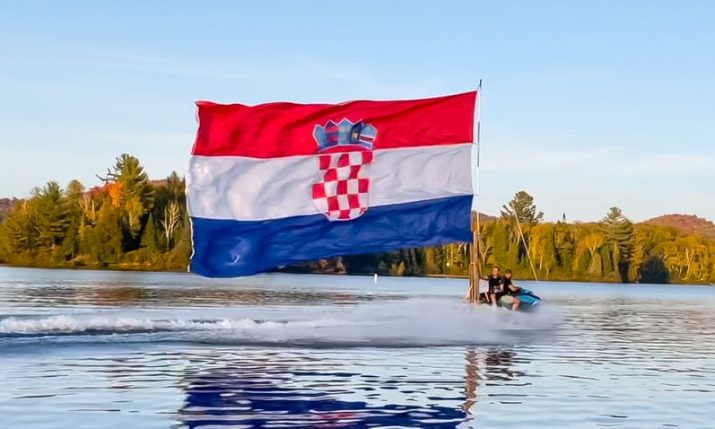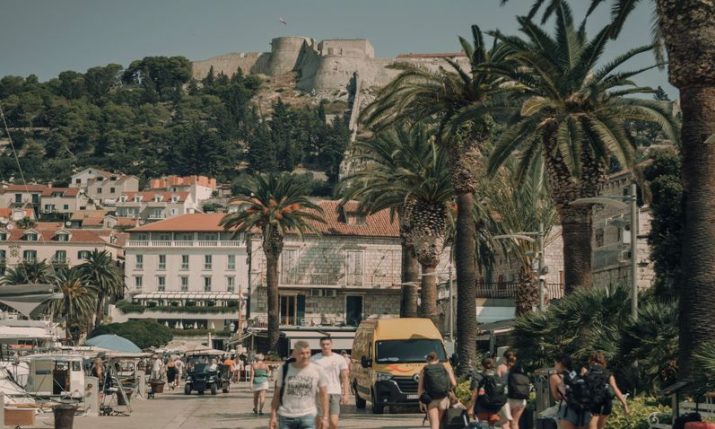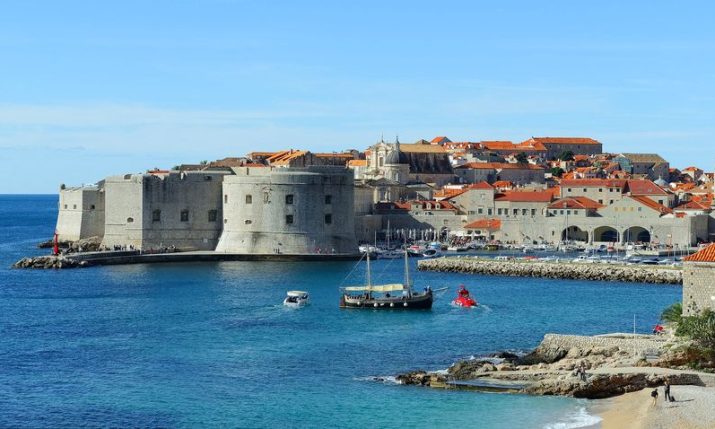Croatia enjoys post-season success with surge in tourist arrivals
- by croatiaweek
- in News
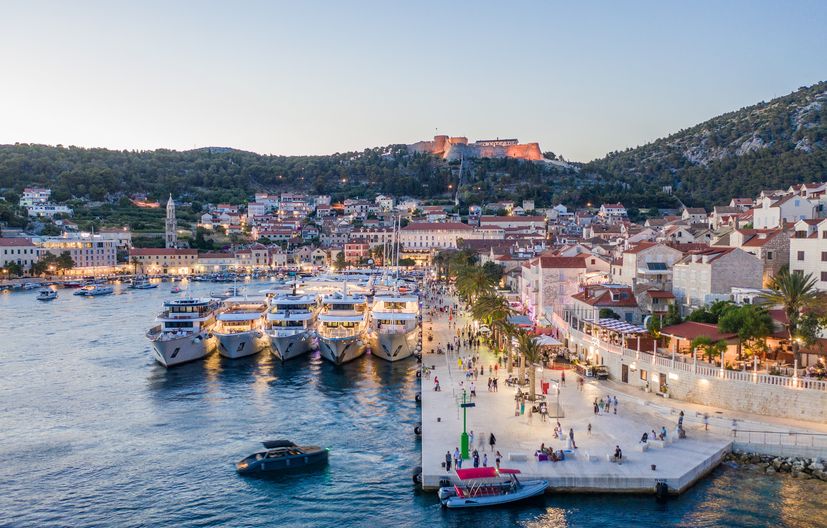
Croatia had a good September helped by some great weather
Excellent tourist trends in Croatia in September has further solidify the results achieved throughout the entire year. So far in 2023, a total of 18.7 million arrivals and over 102 million overnight stays were recorded, representing a 9 percent increase in arrivals and a 2 percent increase in overnight stays compared to the same period last year.
Croatia recorded 2.5 million arrivals and 13.5 million overnight stays in September. Compared to the same period last year, this represents a 15 percent increase in arrivals and a 4 percent increase in overnight stays, the Croatian Tourist Board said in a press release on Tuesday.
Compared to 2019, this signifies a 9 percent growth in arrivals and a 5 percent growth in overnight stays.
“In Croatia, we are currently experiencing an excellent post-season during which we have successfully maintained positive trends and results achieved during the peak season. There are currently around 200,000 guests staying in our country, compared to about 150,000 at the same time last year. We are particularly pleased with the excellent results from our closest and most important European markets, as well as from distant markets like the United States, where we have seen high increases in September, with a 33 percent growth in arrivals and a 25 percent growth in overnight stays, which is an outstanding result. As we enter October, we still have active campaigns and promotional activities in many markets for the post-season, so we expect to continue the positive tourism trends until the end of the year,” stated Kristjan Staničić, Director of the Croatian Tourist Board.
Looking at the regions, the most overnight stays in September were recorded in Istria (around 4 million overnight stays, a 3% increase compared to 2022), Split-Dalmatia County (2.7 million overnight stays, a 5% increase compared to 2022), Kvarner (2.3 million overnight stays, a 6% increase compared to 2022), Zadar County (1.7 million overnight stays, a 1% increase compared to 2022), and Dubrovnik-Neretva County (1.2 million overnight stays, a 6% increase compared to 2022).
In Zagreb, 257,000 overnight stays were recorded, which is 12% more than last year, while in the rest of the continental area, more than 254,000 overnight stays were recorded, an 8% increase compared to last year. In terms of destinations, the most overnight stays in September were achieved in Rovinj, Dubrovnik, Poreč, Split, Umag, Medulin, Zadar, and Mali Lošinj.
Regarding source markets, the highest number of overnight stays in September came from Germany (3.8 million overnight stays), Austria (1.3 million overnight stays), Slovenia (1 million overnight stays), Poland (859,000 overnight stays), and the Czech Republic (682,000 overnight stays).
“After the best pre-season, we are achieving record results in tourism during the post-season, confirming that Croatia is profiling itself in the market just as we want it to, as a destination that is attractive to tourists all year round. The Government of the Republic of Croatia will continue to support the development of year-round and regionally balanced tourism, and we have allocated 1.3 billion euros for a new investment cycle that will enable further improvement in the quality of our offerings. With the new Tourism Law, we are providing cities and counties with additional tools for destination management, aiming to make our tourism competitive and sustainable in the future. I believe that all these activities will ensure that Croatia remains one of the most desirable destinations, not only during the summer months but throughout the year,” emphasised Nikolina Brnjac, Minister of Tourism and Sports.
These excellent trends in September further solidify the results achieved throughout the entire year, including the first nine months. During this period, a total of 18.7 million arrivals and over 102 million overnight stays were recorded, representing a 9 percent increase in arrivals and a 2 percent increase in overnight stays compared to the same period last year. Compared to 2019, the results are nearly equal.
In the Adriatic counties, 16.7 million arrivals and 98.1 million overnight stays were recorded, which is an 8 percent increase in arrivals and a 2 percent increase in overnight stays compared to last year. In Zagreb, there were 974,000 arrivals (a 22% increase compared to last year) and 1.9 million overnight stays (a 15% increase compared to last year), while in the rest of the continental region, there were 1 million arrivals (a 15% increase compared to last year) and 2.1 million overnight stays (a 14% increase compared to last year).
Looking at destinations during the same period, the most overnight stays were recorded in Rovinj, Dubrovnik, Poreč, Split, and Umag.
The highest number of overnight stays during the first nine months were generated by guests from Germany (22.6 million overnight stays), Croatia (11.9 million overnight stays), Slovenia (10.2 million overnight stays), Austria (7.9 million overnight stays), Poland (6.5 million overnight stays), the Czech Republic (5.4 million overnight stays), Italy (4 million overnight stays), Hungary (3.5 million overnight stays), the United Kingdom (3.4 million overnight stays), and Slovakia (3.3 million overnight stays).

